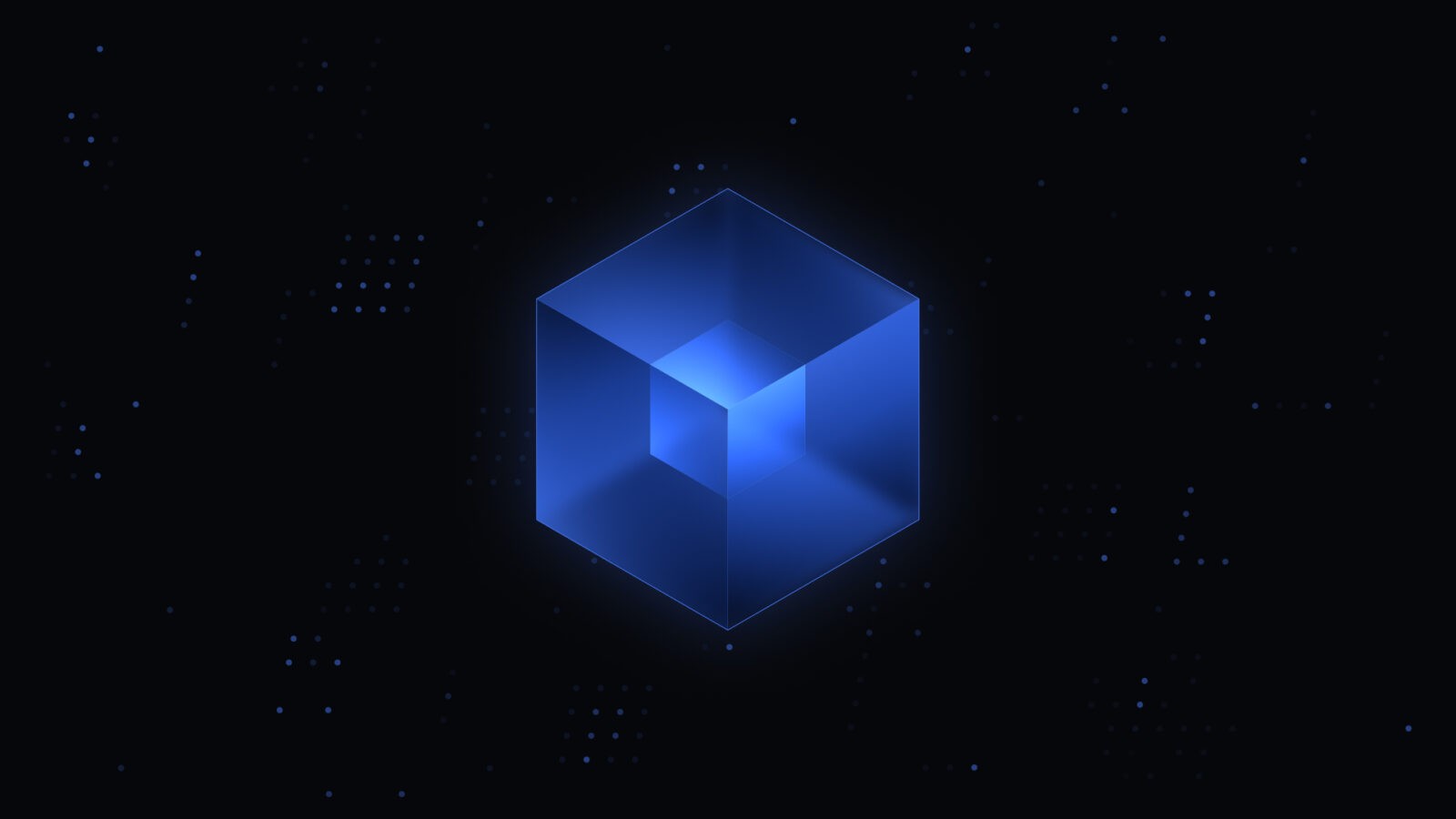Earlier this month, Tectum Launched the Light Node – a custom token development and management tool. This application offers a seamless token generation method to help developers mint digital assets without fuss.

Despite its simplicity, the Light Node is a very powerful tool that unlocks endless possibilities. Budding projects will become part of the Tectum ecosystem, as their tokens will be held on the fastest layer-1 blockchain.
This article will outline the benefits of the Tectum Light Node and its contributions to custom token development and asset management.
Why the Tectum Light Node is Efficient for Custom Token Development
Tectum is all about efficiency, which is why we chose to release a Light Node for custom token development and management. Most projects use Full Node when offering developers an avenue to interact with their blockchain. The reason is that it stores and holds a complete copy of the blockchain.
This means that devs can access the decentralized network at its full capacity. While this approach is effective, it comes at a significant cost. A copy of a blockchain can be hundreds of gigabytes in size, which makes it resource-intensive.
Why the Light Node is More Efficient than a Full Node
To utilize a node, developers must make a copy of the network and keep it in their local storage. Therefore, having a full node means copying and storing gigabytes worth of data into a computer. Considering this requirement, devs must have powerful computers to operate a full node.
For example, the Bitcoin blockchain has over 500 gigabytes worth of data. To utilize the full node, developers must have a computer with at least 1 terabyte of storage. Furthermore, SSD storage is preferable, as it enables programs to run faster. However, it is common knowledge that computers with SSD storage are typically more expensive.
Besides storage, RAM and processors are essential components for operating a node. A minimum of 8 gigabytes of RAM (or more) and an 11th-generation core i5 or i7 processor are essential for running a full node. Some blockchains may even require more than 8 gigabytes of RAM.
On the other hand, the Tectum Light node makes custom token development far more efficient by reducing the size of data developers must copy. As against hundreds of gigabytes, they only need 2-4 gigabytes of RAM to operate. In terms of storage, 2-10 gigabytes will suffice. Even better, any dual-core CPU will operate the light node without hiccups, as developers only interact with a portion of the blockchain.
These minimal requirements mean that developers who want the Tectum Light Node for custom token development get the best of both worlds. They can interact with the necessary components of the blockchain without requiring supercomputers. Especially because they do not need the entire blockchain to mint digital assets. They can use the light node, which in turn communicates with full nodes to relay information to the network.
Tectum Light Node for Custom Token Development: Sections and Their Functions
To enable seamless operations, four sections in the Tectum Light Node support various functions of custom token development. This ranges from minting new tokens to managing these digital assets and tracking them on the blockchain.
For a better understanding, below are the different sections of the Light Node:
- Tectum Token: This section is for sending and receiving Tectum Emission Tokens into the Light Node. Considering $TET is essential for minting custom tokens, this medium enables developers to add Tectum Tokens to this application. The segment has your receiving added just below your TET balance. Just below the page is the history of all transactions done through the node.
- Create Token: As the name states, this is where developers will mint new custom tokens. The process involves adding necessary information like the token name, token symbol, total supply of tokens, number of decimal places, and token description. After inputting all these details, the system will display the amount of Tectum Tokens the developer must pay.
- Custom Tokens: Once you have created a custom token, it will become available in the “Custom Tokens” section. This is where you manage all custom tokens you create and own. From this part of the Light Node, you can send and receive various custom tokens. Similar to the Tectum Tokens section, the public key is below the custom token balance. To receive the custom token, simply send the address to the sender.
- Tectum Explorer: We integrated the rectum Explorer into the Light Node to enable developers to track the movement of their custom tokens. Unlike the general block explorer, this is dedicated to custom tokens. To track these digital assets, click on the preferred cryptocurrency.
How to Get Started on Minting New Tokens
Like using the rectum Light Node for custom token development, installing the application is very simple. The process begins with obtaining the raw .exe file from the Tectum GitHub page. On our page, select Light Node releases and click on the latest edition.
From the Light Node Releases page, open the Win64 folder and download the latest version of the LNode.exe file. Once the download is complete, proceed to install it on your computer. Although the antivirus software on your computer may flag the app, it is safe for installation.
Launch the app and create a new account. While signing up for a new account, the app will give you recovery phrases, that you must store safely. After that, you will receive a login email and password that you must also keep securely. With registration complete, log in to your account using the provided email and password.
Please note that the Tectum Light node for custom token management will create a local server on your computer. Therefore, ensure that you have up to 2 gigabytes of storage available on your computer. The app will load blockchain data from this local server and update it from time to time.
